Four years after our IPv4 waiting list became active, and with more than a thousand LIRs in the queue for an allocation, how successful has the list been at providing at least a minimal amount of IPv4 space to newcomers?
Our IPv4 waiting list became active in 2019, once the last scraps of IPv4 from our available pool had been allocated. The idea is that each LIR can request one /24 IPv4 block from any addresses that we recover, so long as they have never received any IPv4 from us in the past. The underlying goal, as with the last /8 policy that preceded it, is to direct these last vestiges from the heyday of freely-available IPv4 to newcomers, who even in the best circumstances will probably need at least a tiny amount of IPv4 addresses to support interoperability with their own IPv6 networks.
The basics: how many allocations so far?
At the time we pulled the statistics (7 July 2023), we had made 5,572 /24 allocations via the waiting list, which equates to 1,426,432 IPv4 addresses in total. We also had 1,025 LIRs on the list awaiting an allocation (there’s 1,124 at the time of writing).
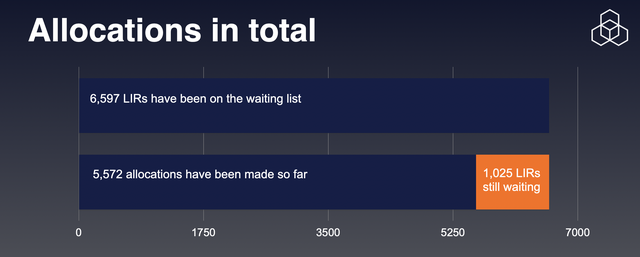
Multiple vs single LIRs
Looking at who’s actually waiting on the list, let’s start by thinking a bit about the rapidly consolidating elephants in the room – multiple LIRs. A lot can be said on this topic (here, here, and here), but to briefly summarise, while the terms ‘RIPE NCC member’ and ‘LIR’ (Local Internet Registry) are often used interchangeably, they are not quite the same thing, since one member can hold multiple LIR accounts if they’re willing to pay the extra fees. And as the RIPE community’s policies state that each LIR rather than each member can request an allocation from the waiting list, this has provided one way for companies that can afford it to get more addresses directly from the RIPE NCC rather than purchasing them on the IPv4 transfer market.
The logic behind opening multiple LIRs perhaps made more sense when we were still allocating from our last /8 (the period from 2012-2019). This is because the policy at the time allowed each LIR to receive one /22 rather than the /24 they can currently get. Aside from the larger allocation size, LIRs back then could also be certain that they would receive an allocation once we had processed their request, as opposed to receiving addresses via the waiting list if and when they become available, and according to their place in the queue. Of course, as the cost of addresses on the transfer market continues to rise, one assumes that an economist could draw various intersecting lines on a graph to show that this is still rational behaviour when mapped against price levels on the transfer market or against the cost of various alternatives.
Because it affects the statistics so much, it is also worth noting that there was an interesting overlap after the waiting list was launched but before we started making IPv4 allocations from it. Recovered addresses are subject to a six-month quarantine period before they can be allocated, and the number of addresses we have in quarantine can be deduced from the statistics we publish on our IPv4 pool. When the waiting list became active, we had a significant amount of IPv4 that was due to eventually come out of quarantine. Once these addresses became available, the wait time from early 2020 to late 2021 effectively became zero. The end of this period can be seen in the graph below where the lines begin to spike, with the subsequent dips showing when other various small quantities of IPv4 left quarantine and were allocated to LIRs on the list.
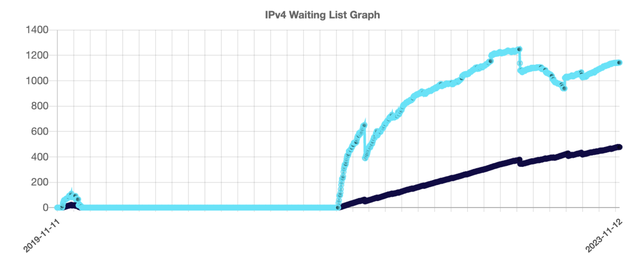
So where are these allocation requests coming from? When we look at the requests added to the waiting list so far (including those still on the list), 3,733 came from members with only one LIR on the waiting list, while the remaining 2,864 were split between 408 members with multiple-LIRs.
In terms of the distribution of additional LIRs between these 408 members, 135 had one additional LIR, 106 had between 3-5 LIRs, and 167 had more than five LIRs. The most LIRs a single member has had on the waiting list is 37.

It’s hard to decide what we should think of this multiple-LIR phenomenon. On the one hand, we could say that the RIPE community’s intent, both with the waiting list and the last /8 policy it replaced, was to preserve a small amount of addresses for newcomers to connect their IPv6-only networks to a wider Internet that, for the time being at least, remains a predominantly IPv4 one. In this sense, we could argue that the people behind these multiple LIRs are taking more than their fair share for their own benefit, and in doing so, are depriving future newcomers of much needed resources.
A response to this view could be to say that this is all well and good, provided you already have enough addresses for your network. Sadly, not everyone can be so lucky. Some people (and indeed entire countries and regions) were late to the party in terms of Internet development. They have a legitimate need, are willing to pay the extra membership fees, and are not violating existing RIPE policy – so others who joined the RIPE NCC before IPv4 exhaustion shouldn’t pass judgement, especially if they themselves are enjoying the benefit of a head start. Of course, all of this basically is out of scope for RIPE NCC staff, since we are ultimately here to implement RIPE policy, which as it currently stands is quite clear that it’s one allocation per LIR.
It’s also worth noting that even if we were to take a hard line on multiple LIRs, from experience we know that implementing a member-based approach creates its own complications. This was briefly attempted between 2015-2016 and the result was that people instead created multiple legal entities in order to open multiple memberships and we were right back where we started, except that the extra memberships gave these entities more voting power in the GM. That being said, there is less of an incentive to use multiple LIRs as a means to make a quick buck (by opening multiple LIRs, selling the addresses and closing down the accounts) after a 24-month waiting period was added to the policy in 2015. This was also addressed by clarifying which requests we treat as a transfer under the policy and which we treat as mergers or acquisitions.
Which countries are using the waiting list?
We were also curious about the geographical distribution of the above. In the map on the right, you can see the distribution of all 4,141 members who have been on the waiting list (or are still). The map on the left shows the distribution of the 408 members that share 2,864 multiple LIRs between them.
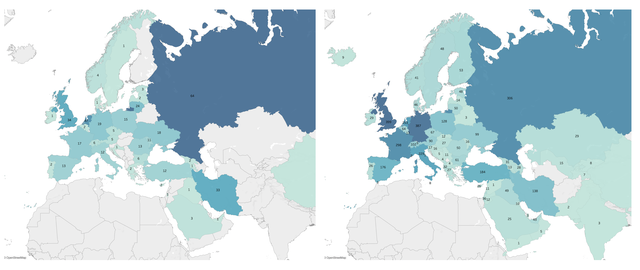
If you are the type of person who likes to add up all the numbers, let me note that there are a few countries further afield which you are not seeing here. Notably, we have 84 members legally based in the United States, 16 in Hong Kong, 11 in Seychelles, 8 in China and Australia (each), and a few others.
To what extent is the waiting list the only source of IPv4 addresses for LIRs?
We were also curious about the nature of the people submitting requests to the waiting list. Aside from the multiple-LIR dimension, is the waiting list really their only source of IPv4 addresses? It seems natural to imagine that all LIRs on the waiting list are in desperate need of addresses, perhaps checking their place in the queue daily and wishing things could move a little faster. But it could also be the case that these people have already acquired the addresses they need from the transfer market.
Even if we had no IPv4 and no waiting list, people would still need an LIR account to receive addresses from the transfer market or else run an IPv6-only network without being dependent on others. So it’s not hard to imagine these people joining the waiting list as an incidental added bonus, because why not?
We tried to categorise the 2,577 members who have already received allocations from the waiting list to help us get a better mental picture. A couple of notes on this before we start however. Here we are only talking about members who have only ever had one LIR on the waiting list. This is because it was difficult to define multiple LIRs in terms of the categories below; they are best thought of as their own category. Also, this figure is less than the 3,733 mentioned above because here we are looking at members who already received their allocation.
- Waiting List Only (1,596): these are members who show behaviour most consistent with the intent of the waiting list. They only have the one LIR account, have not transferred away their allocation, and are routing their /24 allocation. These members have not received any IPv4 transfers and are the category most likely to be struggling in terms of IPv4 unless they are comfortable going IPv6-only.
- Transfer recipient (499): like the members above, they only have the one LIR account and haven’t transferred away their allocation. However, they have also received an IPv4 transfer on top of the allocation they got from the waiting list. 382 of these received less than a /20 via transfers, and so probably see the /24 as a welcome addition. The ten members who received a /16 or larger are more likely to see this as an added bonus.
- Not routing (225): these members received addresses from the waiting list but aren’t routing them (here we were originally thinking in terms of people who might be hoarding addresses, but there are legitimate reasons that prefixes are not visible in BGP, and so we probably can’t actually infer much from this category).
- Extra LIR (100): these members haven’t, strictly speaking, had multiple LIRs on the waiting list. However, as they joined prior to 2018 (the waiting list launched in 2019) this means that they opened an additional LIR to receive a /24 from the waiting list. They are routing the allocation they received, so this can probably be read as people who needed more addresses.
- Transferred their /24 allocation (97): These members received an allocation from the waiting list and transferred it away. In practically all cases they closed their membership. These transfers therefore do not represent the consolidation of LIRs held by the same member.
- ‘Wheelers and dealers’ (60): Unlike the category above, these members are more likely to remain open and transfer more addresses. There are generally both incoming and outgoing transfers for these members. Members who have consolidated LIRs will appear in this category (or else the Extra LIR category above).
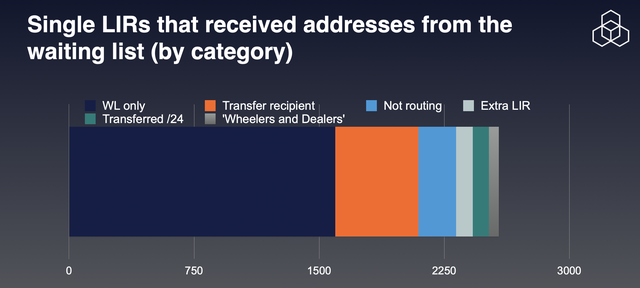
So what about the people still waiting?
At the time we pulled the numbers, we had 1,025 LIRs still on the waiting list. This is now at 1,140, but here we’ll be working with this older figure. Luckily, the waiting list is reasonably static at the moment, so this isn’t too much of a problem.
Of these 1,025 LIRs, 770 are members who only ever had one LIR on the waiting list (21 of these are from members who had multiple LIRs at some point, but only ever had one LIR on the list). This means the remaining 255 LIRs are split between 79 members.
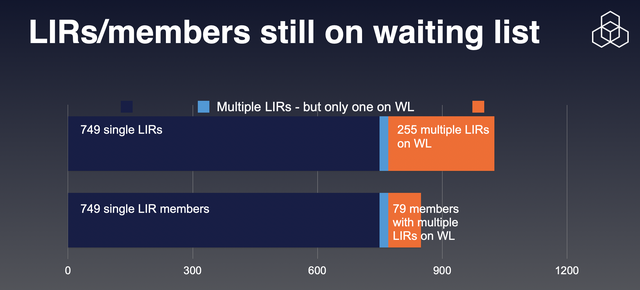
Who’s received a transfer?
Of the 749 one-LIR members (still on the waiting list), 29% had already received at least one IPv4 transfer. Note that M&As and consolidations are not considered as part of this figure. Among the 532 who didn’t receive a transfer, only 201 have no resources, the rest have received IPv6 and/or ASNs.
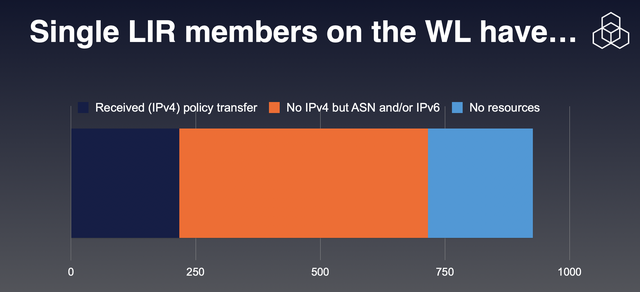
Final verdict? That depends on how you want to see things
Looking at the above, it seems fair to say that the waiting list has been fairly successful at achieving its stated goal of “extending the availability of IPv4 addresses to newcomers” on a first-come, first-served basis. However, a not inconsequential amount (43%) of the waiting list entries (both past and current) were from members taking advantage of this multiple-LIR loophole, though whether this is really a bad thing (or how bad it is) seems to be debatable. And yet, the fact that 57% of these entries were from single-LIR newcomers seems to indicate that it’s somewhat working as intended.
For some reason, this humble scribe had expected that more LIRs on the waiting list would have received a transfer though. So perhaps one thing we can draw from this is that there is certainly still a need for IPv4 out there, and that being on the waiting list is likely more than an added bonus for many of the companies currently waiting patiently for an allocation.
Given that’s the case, the expected thing is probably to end with some sort of rallying cry - once more unto the breach friends and deploy IPv6 on something today. But perhaps that’s getting to be a little old hat at this point. Real progress is being made, in some places more than others perhaps, but we seem to be getting there. When I join the IPv6-only network at RIPE 87 next week, I expect that most of the services and websites I use on a regular basis will more or less work. So instead of telling you what you already know, maybe I’ll instead end by saying that I’m sure all of you clever people out there will figure it out, one way or another, as you’ve always done.


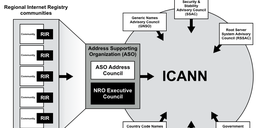
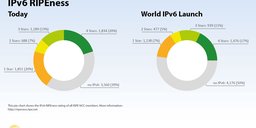
Comments 1
Comments are disabled on articles published more than a year ago. If you'd like to inform us of any issues, please reach out to us via the contact form here.
Asdren L. •
The only thing who are profiting from multiple LIR accounts are those who lease OUT and then after 24 month merge or sell them and RIPE, nobody else, those who can't get more than /24 even if they really need them for theirself/theri business and can't afford multiple LIR accounts! This is the fact, RIPE and those who lease the IPs OUT are profiting and nobody else!